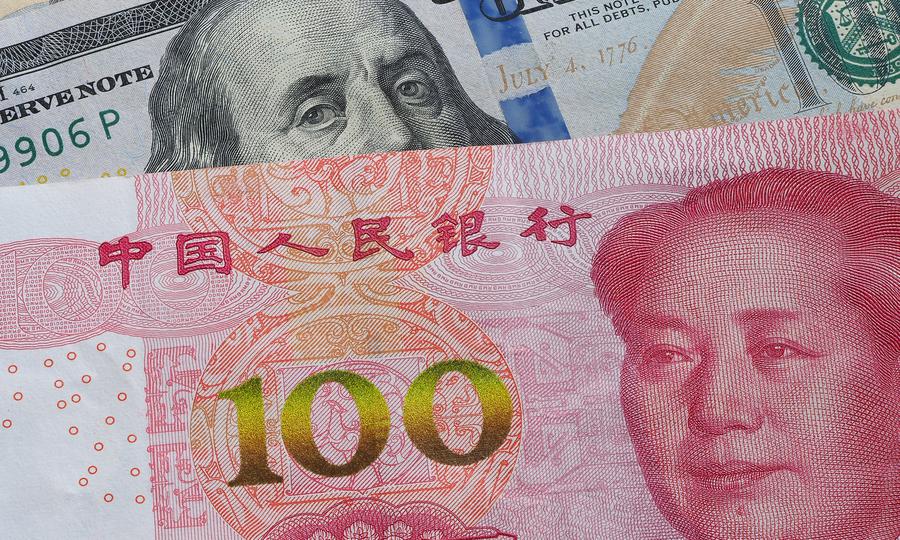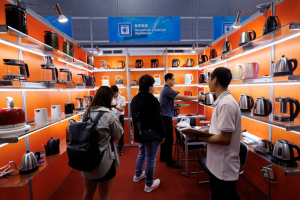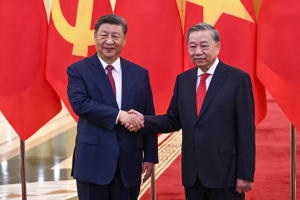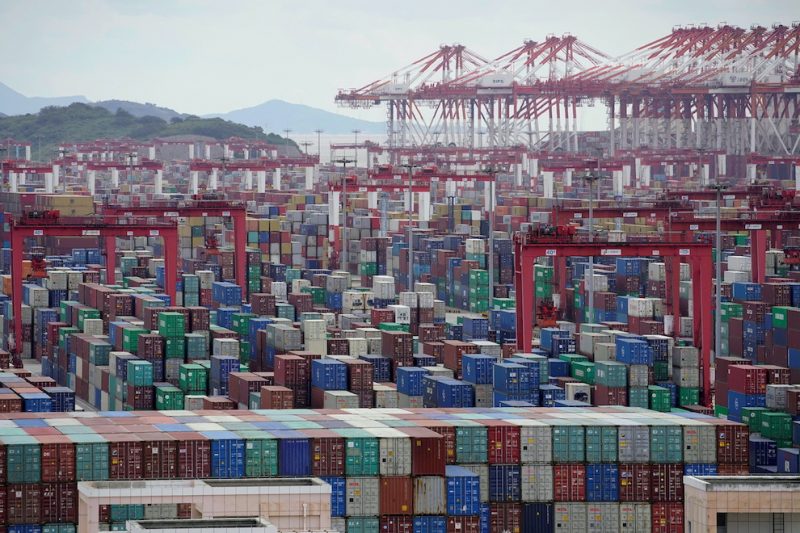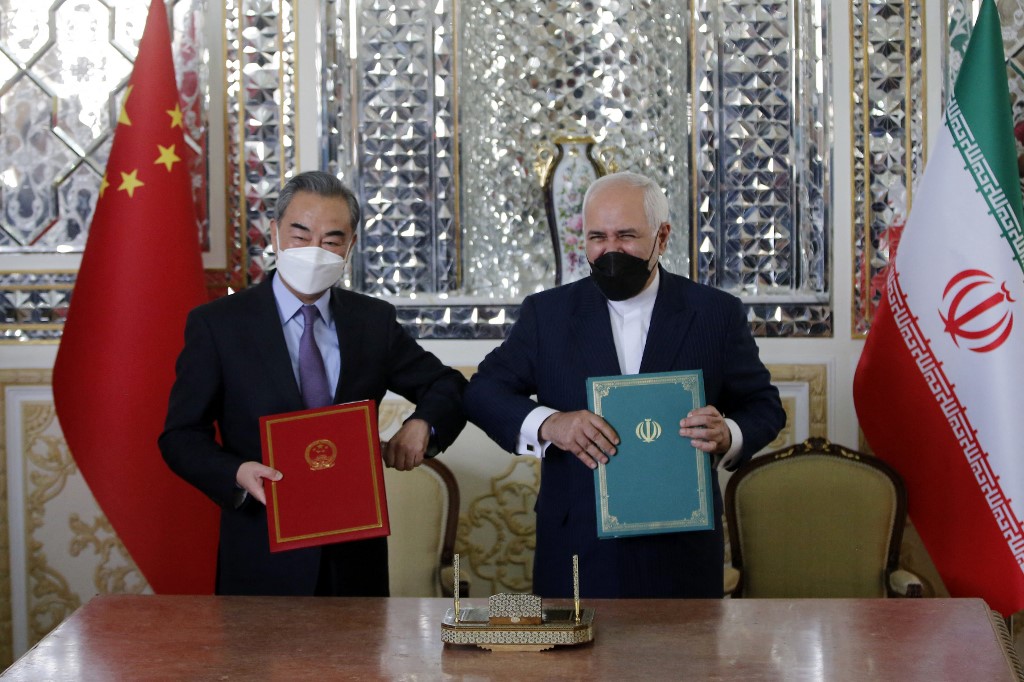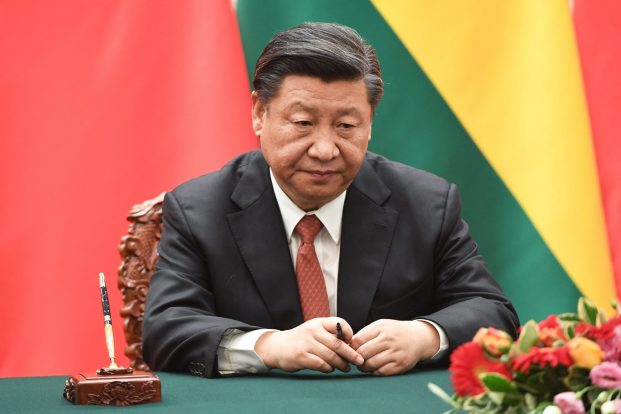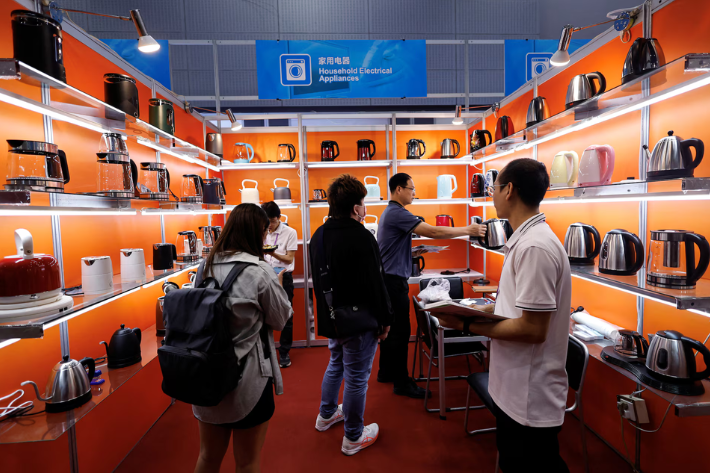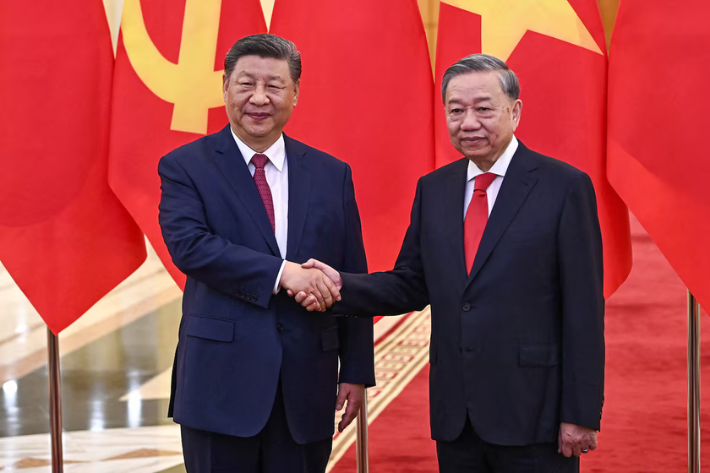(ATF) China’s exports registered a surprise 3.5% April gain after falling 6.5% in March. Imports dropped 14.2% in US dollar terms, but rose in volume terms, lower commodity prices accounting for the difference. Overall, this was helpful for the yuan: The April trade surplus of $45.34 billion was the largest since December.
The fact that commodity price declines rather than lower domestic demand accounted for the larger-than-expected imports decline kept a positive trade result intact – if only for the near term; the outlook for exports is bleak as EU and US demand are continuing to decline.
The People’s Bank of China (PBoC) in the morning HK time set yuan parity at 7.0931, taking into account the currency’s sharp and lasting decline since Friday. The positive trade picture kept CNY in the parity range. It traded at 7.0890 at 6pm. The offshore deliverable CNY (CNH) wasn’t as optimistic and changed handles at a substantially weaker 7.1091.
What will the next several days bring? It wasn’t real economic data that sank the yuan, but US President Trump’s election inspired anti-China rhetoric that hurt the Chinese currency. For now at least, it’s Trump, not the real economy, that bears watching if you want to forecast the yuan’s fate.
The US dollar didn’t move much during a lackluster Asian equities trading day. At 100.1510 the DXY at 6pm is at nearly the same level as in the morning.
US stock futures point to a reversal of Wednesday’s Dow and S&P500 declines. The dollar will tend to fall with that. But all eyes are now on Friday’s probably horrible US April jobs numbers, with an expected 21 million drop in payrolls. Anything even worse than that will certainly lead to increased dollar demand and upward USD pressure.
The Hong Kong dollar, also an important risk gauge, continues trading near the upper end of its USD peg range, at 7.7510. Liquidity in Hong Kong remains tight along with a tough economic outlook even as the city appears to have defeated the coronavirus with 18 days of no new cases.




